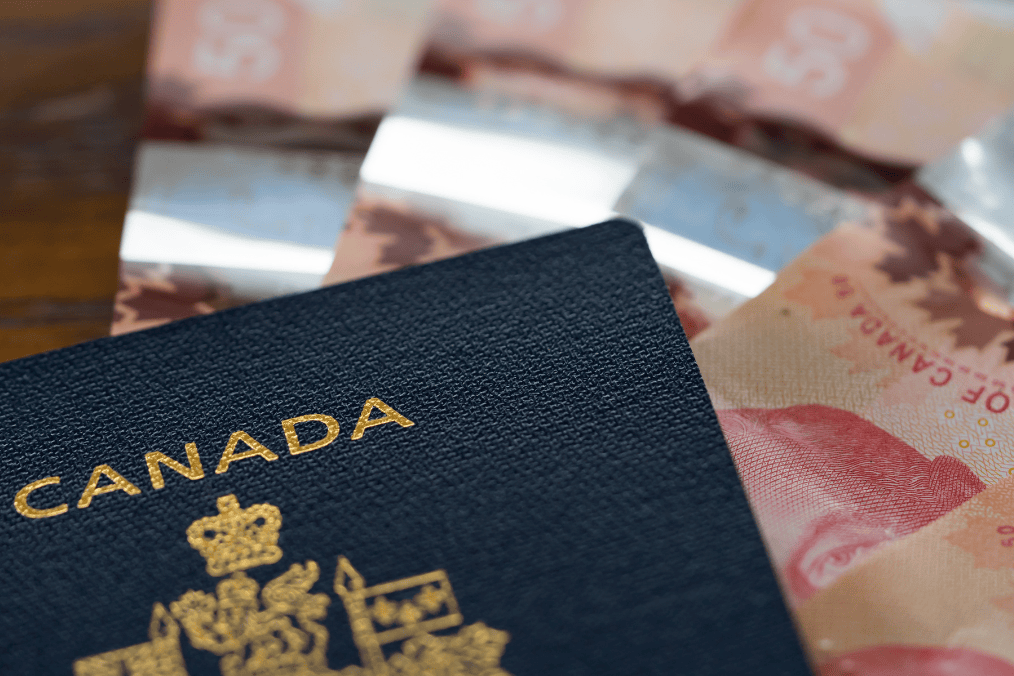Canadian immigration
Learn about moving to Canada, the Express Entry immigration process, working in Canada, studying in Canada, and more.
Trudeau Steps Down – What’s in Store for Canada’s Immigration Policies?
Prime Minister Justin Trudeau has announced his resignation as the leader of the Liberal Party and…
2024 PGWP Eligibility: New Guidelines Announced by IRCC
Immigration, Refugees and Citizenship Canada (IRCC) has unveiled new eligibility criteria for the…
Express Entry Draw 317: 500 CEC Candidates Invited (October 9, 2024)
On October 9, 2024, Immigration, Refugees and Citizenship Canada (IRCC) conducted Express Entry…
Start Your Canadian Immigration Journey
Our experts make the process clear, stress-free, and successful, so you can move forward with confidence and focus on what matters most.
"*" indicates required fields





